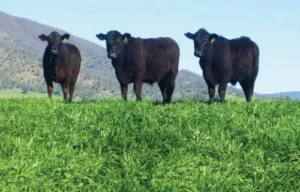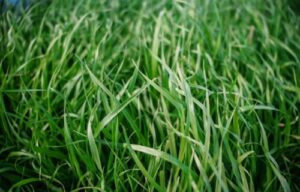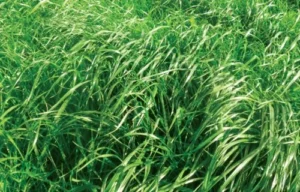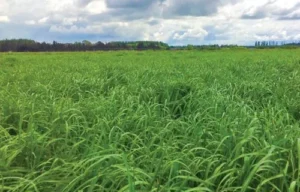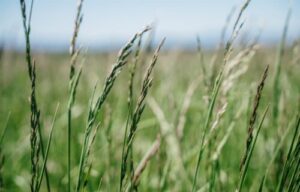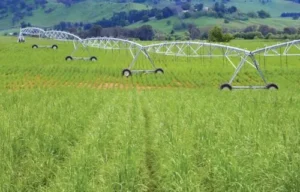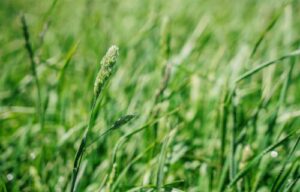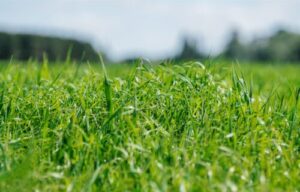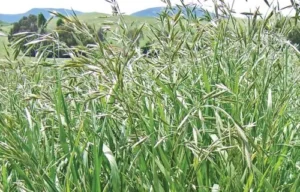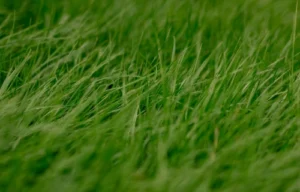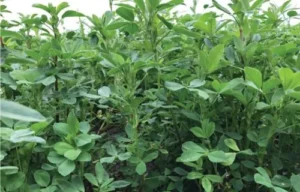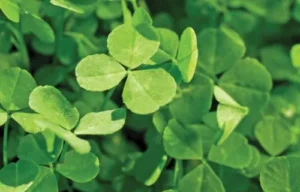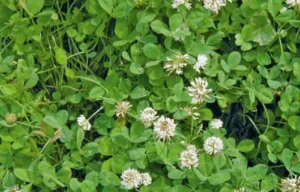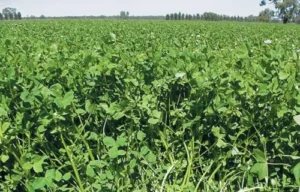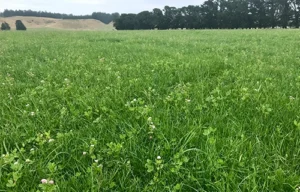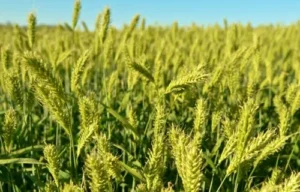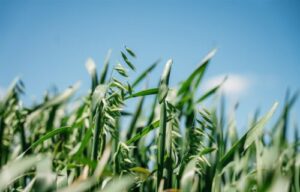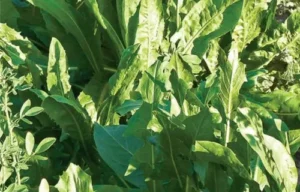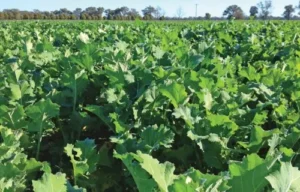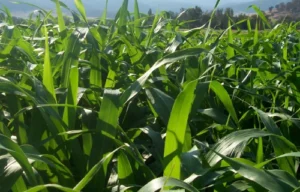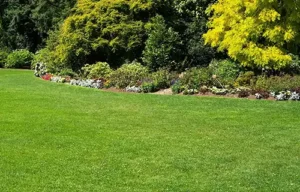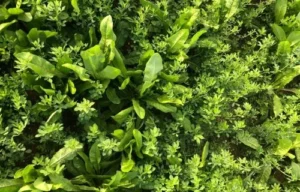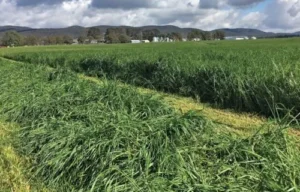Everlast LE
Perennial Ryegrass
Everlast LE was bred for the Australian cattle and sheep market and is an early maturing but highly productive and extremely hardy ryegrass.


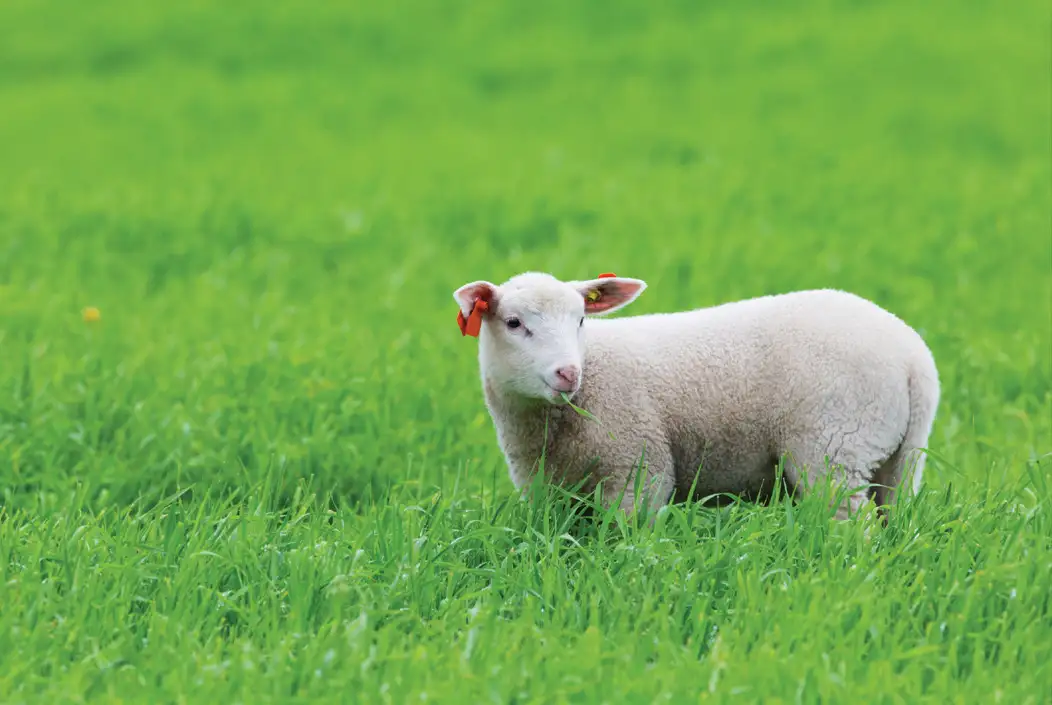
Scientific Name

Lolium perenne
Ploidy

Diploid
Sowing Rate

20 – 25 kg/ha
Blend Rate

5 – 15 kg/ha
Seed Size

500,000-600,000 seeds per kg
Source: Pasture varieties used in NSW 2006-2007, Bev Zurbo, 2006
Maturity

Early
Everlast is an early-flowering variety which is slightly later than traditional Victorian types.
Days to flowering relative to Nui (0) = -14
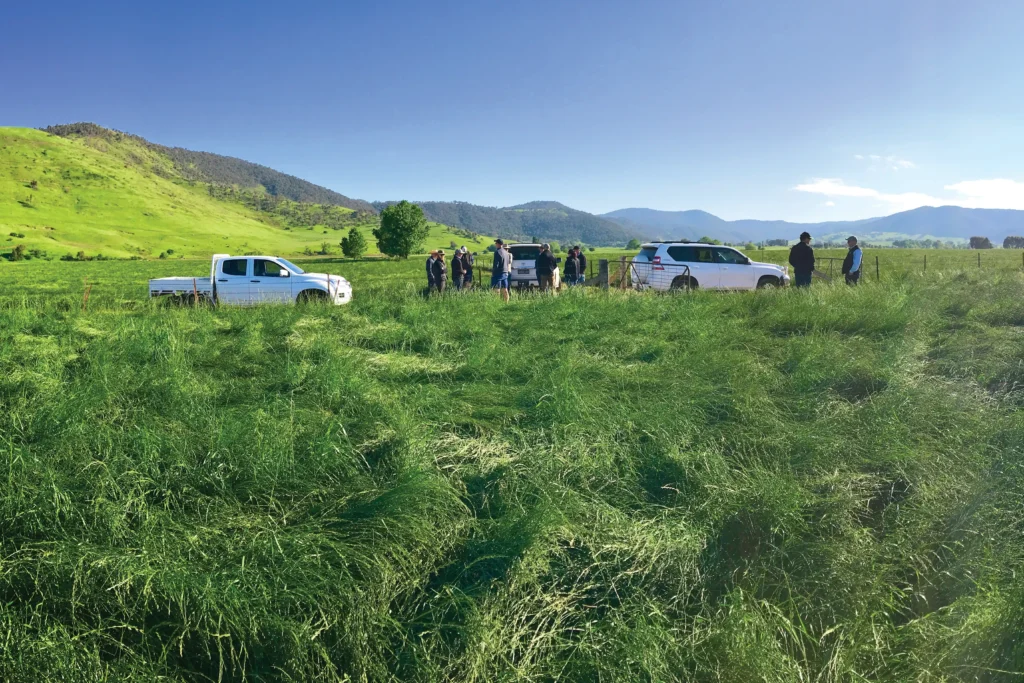
Key Features
Extremely vigorous, provides abundant winter and early spring feed
Extremely persistent and hardy
Reliable dry matter production
Improved tolerance to hot, dry Australian summers
Low endophyte levels
Plant Characteristics
Highly palatable, diploid perennial ryegrass
Semi-erect growth habit and very deep rooted
Hardy, frost tolerant and withstands dry conditions
Persists 7-10 years under suitable conditions
Summer dormant to enhance long-term persistence
Where can I grow it?
Ideally suited to marginal perennial ryegrass areas and cooler climates
Medium to high rainfall zones
Frequently Asked Questions
Soil Type
Everlast LE is well adapted to a wide range of fertility levels and soil profiles but performs best in a well-drained loam. Diploid perennials will cope with short-term water logging provided the growing tip is above water. To maximise stand productivity, soil testing is advisable. Analyse soil and neutralise deficiencies with fertiliser and/or lime.
Fertility
Good base rates of phosphorus are necessary for maximum DM production especially during establishment phase. DM production is directly related to nitrogen availability. Consult your UMS agronomist or fertiliser advisor for nitrogen application rates.
Sowing
Sow at 20-25kg/ha alone or 5-15kg/ha when a component of a pasture blend. Sow seed no deeper than 1cm in a fine but firm seed bed. Sow into bared ground if direct drilling. Lightly harrow and roll to improve germination. Suitable for oversowing into an established stand. Pasture productivity is directly related to successful plant establishment.
Disease and Pest Management
During emergence it is essential to monitor regularly for damage from insects such as RLEM and lucerne flea, and spray as required. Inspect during early stand life for populations of black-headed cockchafer and slugs. Contact your UMS agronomist for spray application rates.
Weed Control
Everlast LE seedlings germinate quickly and are very competitive once established. Always use a knockdown herbicide to ensure you are sowing into a clean seedbed. Monitor for post-emergent weeds and spray as required. Use options such as spray-grazing for broadleaf weeds.
Grazing
Do not graze Everlast LE until the plant is well anchored and root depth is established. Carry out a quick in-paddock ‘grab test’ by hand to ensure stock cannot pull plants out of the ground. Everlast LE should be rotationally grazed to maintain 2-3 leaves per tiller. If the stand is allowed to grow beyond the three-leaf stage, it may run to head earlier and there will be a proportional reduction in quality and productivity.
Remove dry residues from established stands during autumn to encourage new tillers. Reduce stocking rates during late spring to encourage seed set and provide summer feed. Perennial ryegrass should be rested if temperatures exceed 30˚C to reduce plant stress. Everlast LE requires rotational grazing for persistence, high yields and to maintain nutritional quality.
Feed Quality
Diploid perennials provide good winter production. Everlast LE is an excellent base for any perennial pasture providing reliable DM production. Everlast LE has improved rust tolerance which combines with its dense tillering ability to ensure plentiful high quality forage for grazing.
Animal Health
To optimise livestock weight gain and health, ensure livestock are vaccinated and drenched. To prevent nutritional problems, make gradual diet changes when introducing hungry stock to lush pastures. Contact a UMS agronomist for more information.

